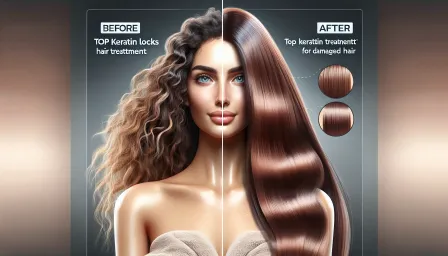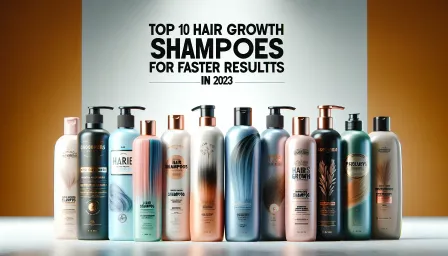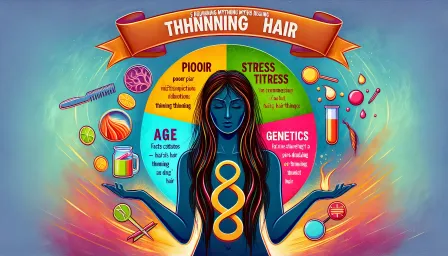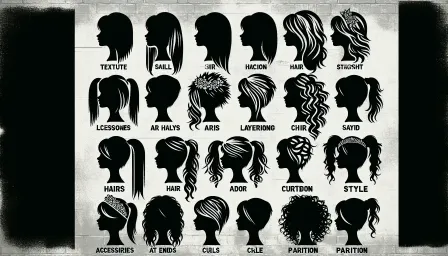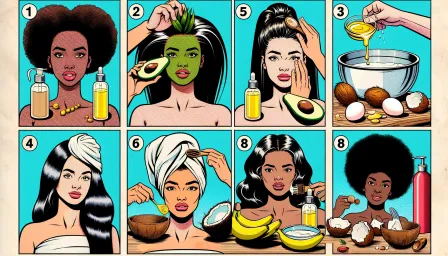Top 7 Thinning Hair Regimens for Optimal Scalp Health
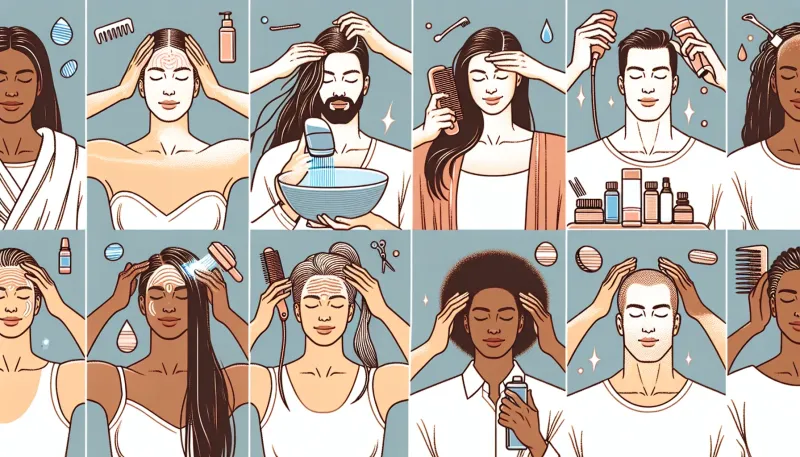
Discover the top 7 thinning hair regimens for optimal scalp health. Learn how to effectively manage thinning hair and promote a healthier scalp.
Thinning hair can be a significant concern, affecting self-esteem and overall well-being. Fortunately, there are several effective regimens that can help promote optimal scalp health and manage thinning hair. This article will explore the top 7 thinning hair regimens that can help you maintain a vibrant and healthy scalp.
1. Scalp Massages
Regular scalp massages can stimulate blood flow to the hair follicles, encouraging growth and improving scalp health. Use your fingertips to gently massage your scalp in circular motions for about 5-10 minutes daily. Incorporating essential oils such as peppermint or rosemary can enhance the benefits, thanks to their soothing and stimulating properties.
Benefits of Scalp Massages
- Improves blood circulation
- Reduces stress and tension
- Promotes hair growth
2. Balanced Diet
Nutritional deficiencies can directly impact hair health. A balanced diet rich in vitamins and minerals such as biotin, zinc, and iron is crucial for maintaining strong and healthy hair. Incorporate foods like eggs, nuts, leafy greens, and lean meats to ensure you are getting the necessary nutrients for hair growth.
Essential Nutrients for Hair Health
- Biotin: Found in eggs, nuts, and seeds
- Zinc: Found in shellfish, meat, and legumes
- Iron: Found in red meat, spinach, and lentils
3. Anti-Thinning Shampoos and Conditioners
Using specialized shampoos and conditioners designed for thinning hair can make a noticeable difference. Look for products containing ingredients like biotin, keratin, and niacin. These components strengthen hair strands, promote growth, and improve overall scalp health.
Top Ingredients to Look For
- Biotin
- Keratin
- Niacin
4. Regular Trimming
Keeping your hair trimmed regularly helps prevent split ends and breakage, making your hair appear fuller and healthier. Aim for a trim every 6-8 weeks to maintain the best possible hair condition.
5. Minoxidil Treatment
Minoxidil is an FDA-approved treatment for hair loss that has been shown to promote hair growth and slow down thinning. Available over-the-counter in topical form, minoxidil should be used consistently as part of your hair care regimen for the best results.
How to Use Minoxidil
- Apply directly to the scalp twice daily.
- Use consistently for at least 3-6 months to see noticeable results.
6. Low-Level Laser Therapy (LLLT)
LLLT is a non-invasive treatment that uses red light to stimulate hair follicles and promote growth. It has been proven effective in reducing hair thinning and improving scalp health. Devices like laser combs and helmets are available for home use, but professional treatments may offer more substantial benefits.
Benefits of LLLT
- Non-invasive
- Painless and easy to use
- Promotes hair growth
7. Stress Management
Chronic stress can lead to hair thinning and poor scalp health. Adopting stress management techniques such as exercise, yoga, meditation, and deep breathing can significantly improve your overall hair condition.
Effective Stress Management Techniques
- Regular exercise
- Mindfulness meditation
- Proper sleep hygiene
Conclusion
Addressing thinning hair involves a comprehensive approach that includes proper scalp care, a balanced diet, specialized products, and stress management. By incorporating these top 7 regimens into your routine, you can promote optimal scalp health and improve the overall condition of your hair. Consistency and patience are key, so make these practices a regular part of your lifestyle to see the best results.




